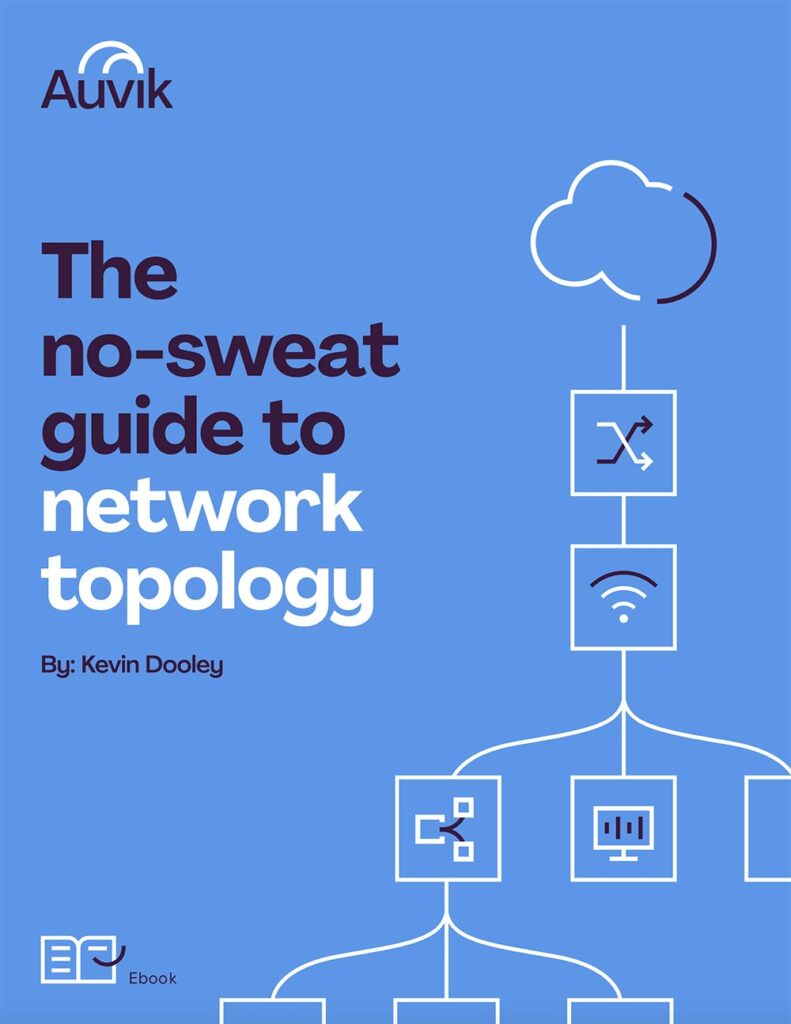Sometimes wireless network names are silly, sometimes they’re cold and stodgy. But regardless of how much personality a network name has, there’s often more significance to the operational importance of those names than meets the eye. The technical term for a Wi-Fi network name is the Service Set Identifier, commonly referred to as the SSID.
As defined in the 802.11 standard, an SSID can be up 32 characters long. Generally, you can get away with letters, numbers, underscores, and dashes but know that some clients struggle with special characters in the SSID.
Out there close to the wireless client device, SSIDs separate one wireless network from another for identification purposes. Nothing real exciting here, right? Let’s dig a little deeper.
The power of the SSID
When coordinated right, the use of SSIDs in a strategic way is empowering to end users. Whether at a fast food chain or from an ISP’s network of widely distributed hotspots that any customer can use, if you can find the familiar SSID in the air you know what to do to get connected. Familiarity makes it easy.
Also, in business settings, different SSIDs tell end users what each WLAN is for (SalesDept, Guest, Inventory, etc.) and so work as functional identifiers. In busy residential areas, uniquely named SSIDs help the homeowner pick their Wi-Fi network out of the surrounding din of network names.
Some environments use the SSID to steer users toward a specially configured WLAN that might provide higher data rates, along the lines of CompanyX_5_GHz or MedicalCenterVoIP. Human beings do well with labels, and SSIDs serve well in this role.
The security implications of SSIDs
Given the concerns about security that come with wireless networking, SSIDs don’t escape scrutiny. It’s a common notion that hiding an SSID (usually an optional configuration setting) helps create security by obscurity, but it’s a pretty weak argument.
Many client devices don’t perform well if they can’t see the SSID, and even a hidden SSID ends up exposed before very long because of the way 802.11 works.
I use hidden SSIDs on occasion to reduce the confusion of yet another SSID in a busy environment and where I have complete control over what client devices will hit the hidden SSID, but it’s not for security.
It’s common to see SSIDs like BakerFamily or CindyandBrenda. Many WLAN security experts advise against using an SSID to advertise to the world that a given network belongs to you, if you don’t need to. An SSID might be a target for mischief if the troublemaker knows who it belongs to by name, where something more obscure like 88rgt57 doesn’t tell much about where it originates. It’s a personal choice, but worth considering before you use your identity as an SSID.
The SSID sits at the edge of the WLAN, and is thus a favorite target for attackers doing man-in-the-middle or evil twin attacks. If I spoof your SSID and you connect to my fake AP, I have the makings of any number of attacks.
Be aware of odd conditions like your home SSID being somehow seen far away. (Your device asked, “Hey, home SSID. Are you out there?” and a hacker’s AP replies to all such requests.) Or when a network you know should have a pre-share key suddenly seems not to have one.
More isn’t better in SSIDs
Wireless network traffic is woefully inefficient despite the big data rates marketed for today’s 802.11ac networks.
Wi-Fi is half-duplex (only one side of the conversation can transmit at a time) to begin with. Then every SSID brings a surprisingly massive amount of control and management traffic that reduces the airtime available for actual data frames.
A couple of SSIDs is OK. A small handful will raise the eyebrows of people familiar with concepts of WLAN efficiency. More than a half-dozen SSIDs, all from the same access points, will absolutely reduce network performance.
In high-density environments, the effect gets worse. If you carry it too far, you can create a situation where a given WLAN becomes largely unusable because a high number of SSIDs consumes all of the available capacity of the cell to carry traffic!
Important to roaming
I’ve worked on Wi-Fi networks where a common complaint is that users are disconnected as they move from one access point to another, only to find AP1 has a different SSID than AP2. Different SSIDs break roaming.
Also problematic is where the same SSID is used, but the APs broadcasting it are from different vendors and don’t share client states very well, if at all, during the roaming process.
Make sure a single WLAN made of multiple APs uses a common vendor’s access points and the same SSID throughout.
As you can see, there’s a lot more to SSIDs than meets the eye. Whether they have goofy names like FBI Surveillance Van #2 or potentially tempting bad-guy names like Free Wi-Fi Here!, human nature shines through.
Like people, SSIDs can be silly, nefarious, helpful, or mysterious. And as with people, they shouldn’t be taken for granted. Each one has its own story behind the name.




